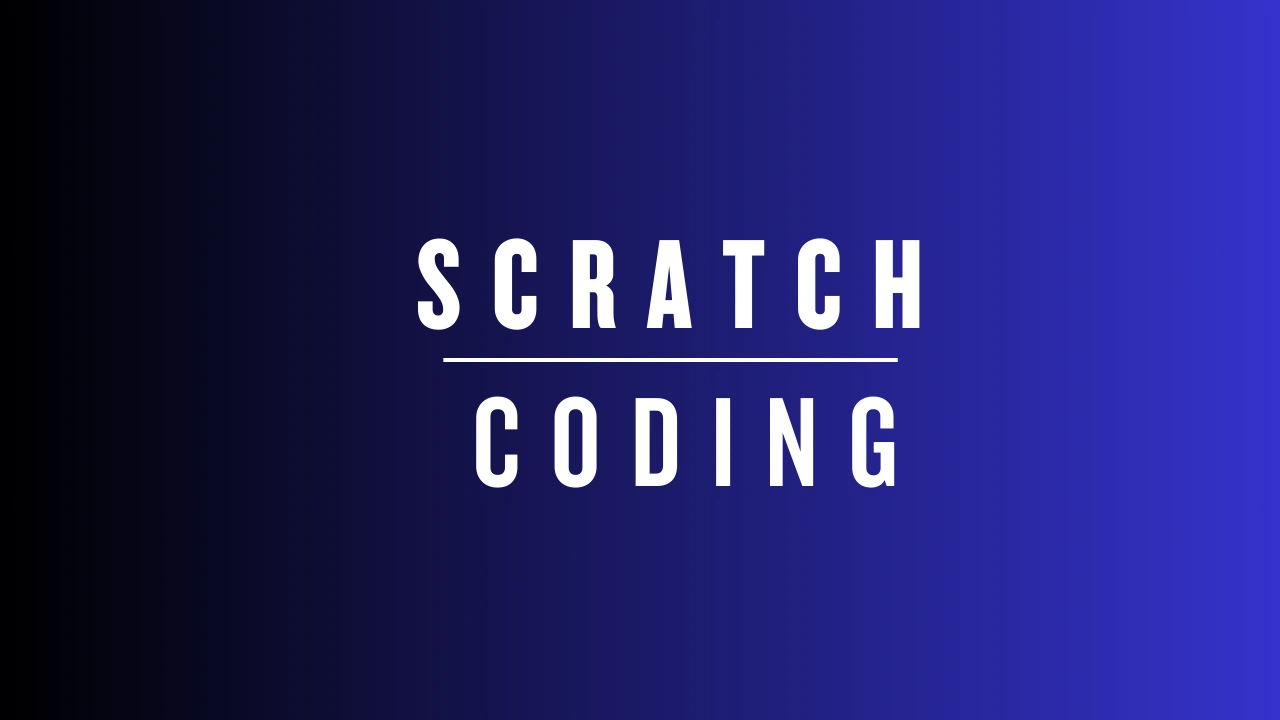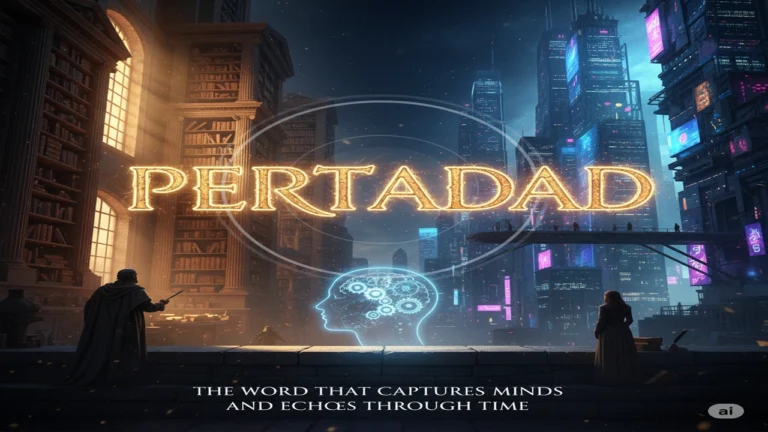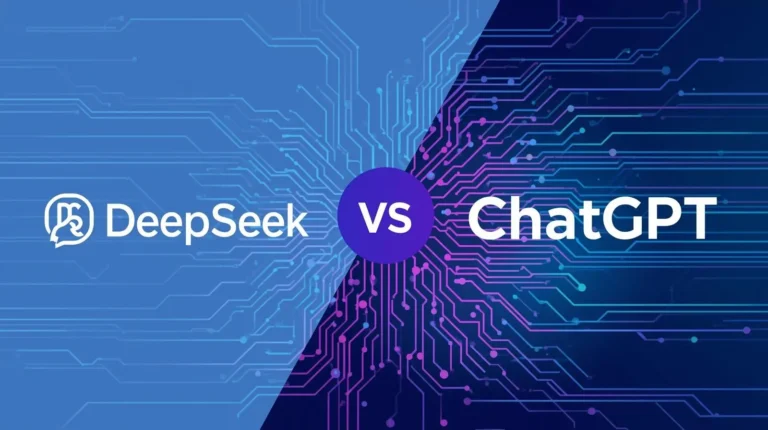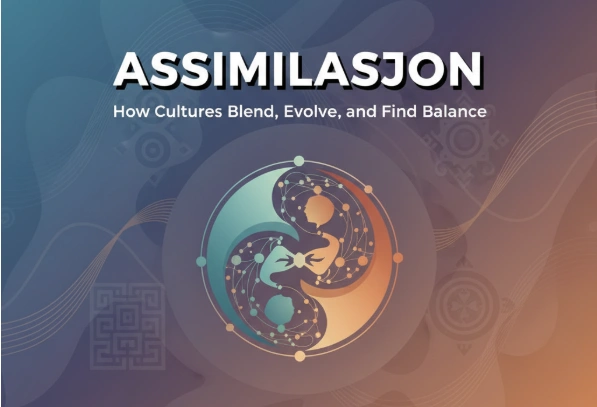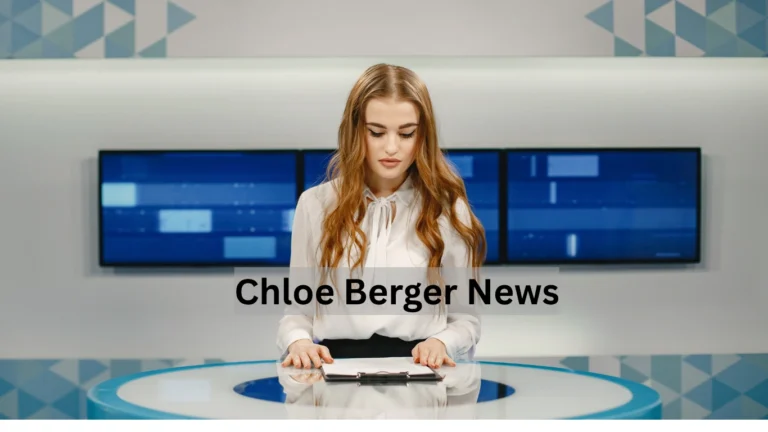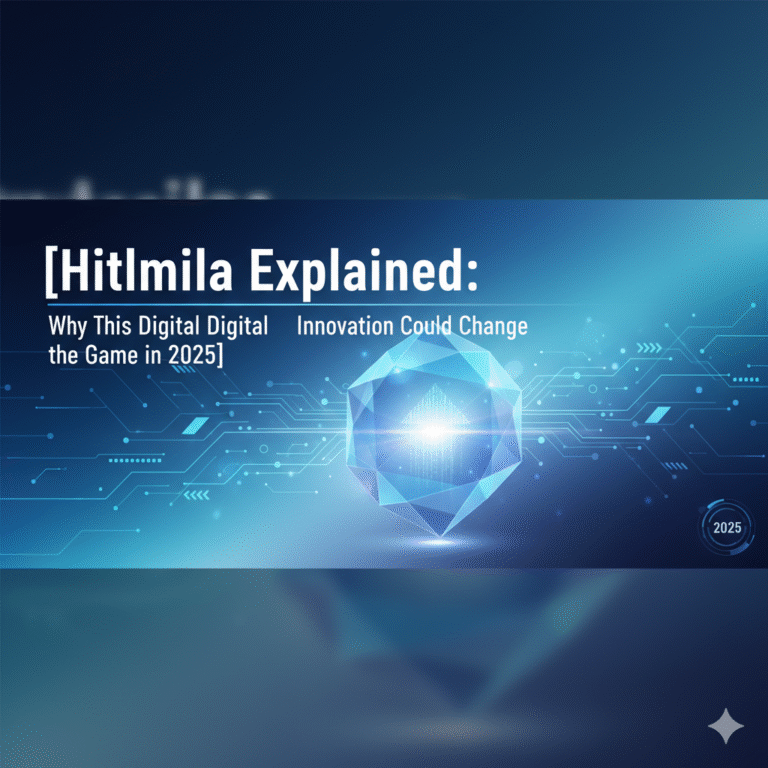Master Scratch Coding: Unleash Your Creativity with Block‑Based Programming
What Is Scratch? An Intro to Visual Coding
Scratch coding is a free, block‑based programming platform created by the Lifelong Kindergarten Group at the MIT Media Lab. Unlike traditional text‑based programming languages, Scratch uses drag‑and‑drop code blocks that snap together like puzzle pieces — making coding accessible, visual, and fun.
At its core, Scratch coding is designed to help learners of all ages—children, teens, beginners—create interactive stories, animations, games, and more. It also powers an active online community where users share their creations and collaborate.
Version History & Key Facts
- The online version of Scratch coding supports more than 70 languages and is available both online and offline.
- With the release of Scratch 3.0 (based on HTML5), the tool became more widely compatible across devices.
- Scratch isn’t just for kids—while the target age is typically 8‑16, many adults, educators, and hobbyists also use it to explore programming concepts.
As an entry‑level programming platform, Scratch coding plays a powerful role in developing computational thinking, creativity, and problem‑solving skills.
Why Learn Scratch coding ? The Benefits of Starting Here
For Kids & Teens
- Low barrier to entry: No syntax errors, no needing to type code—just drag blocks and create.
- Instant results: Users see animations, games, and stories come alive quickly, which builds confidence.
- Community & sharing: Learners can share their work, remix others’ projects, and receive feedback, fostering a collaborative mindset.
For Educators & Classrooms
- Scratch coding is widely used in schools to teach programming and digital literacy. It aligns with frameworks for coding in early education and supports cross‑discipline projects (art, storytelling, math).
- The platform encourages creative computing — designing, interacting, reflecting — rather than just writing code.
- Because it’s free and browser‑based (with offline versions), it’s accessible in a variety of settings.
For Beginners of All Ages
If you’re new to coding or want to dip your toes in programming without being overwhelmed, Scratch coding provides a gentle yet meaningful start. It introduces foundational programming concepts—loops, conditionals, events, variables—in a visual and intuitive way.
Plus, when you’ve mastered Scratch, you have the mindset to transition to text‑based languages like Python or JavaScript.
How to Get Started with Scratch: Step‑by‑Step
Step 1: Create Your Free Account
Go to scratch.mit.edu, click “Join Scratch”, fill in the details, and verify your email. Having an account allows you to save, share, and remix projects.
Step 2: Explore the Interface
Once you’ve logged in and clicked “Create”, you’ll see the Scratch Editor. Key elements include:
- Stage: The main output area where your game, animation, or story runs.
- Sprite list: At the bottom, listing the characters or objects (sprites) in your project.
- Blocks palette: On the left, colour‑coded categories (Motion, Looks, Sound, Events, Control, Sensing, Operators, Variables).
- Scripting area (code area): Where you drag blocks from the palette and snap them to build programs.
- Green Flag & Stop button: To start/stop your game or animation.
Step 3: Your First Project – Simple Animation
Let’s make a sprite say “Hello!” and move:
- Delete any default sprites you don’t need (optional).
- Choose or upload a sprite (for example a cat).
- Drag Events → when green flag clicked block into the scripting area.
- Add Looks → say [Hello!] for 2 seconds block.
- Add Motion → move 10 steps block.
- Click the green flag and watch your sprite say “Hello!” and move.
This simple sequence introduces you to events, looks and motion blocks — and gives you immediate feedback.
Step 4: Save and Share
Click File → Save now or just name your project (e.g., “HelloAnimation”). Then click Share so it appears in the Scratch community and others can see, remix, or comment.
Tip: Use Tutorials & Cards
Check the official Scratch “Getting Started” guide and tutorials for more help.
Sample Projects & Ideas to Explore
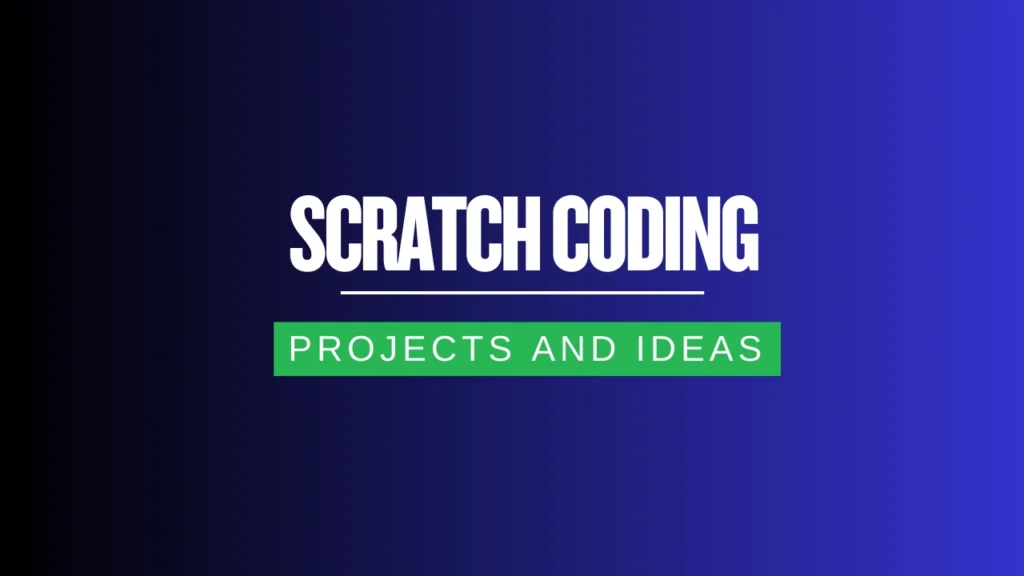
Once you’re comfortable with the interface, you can try some of these project categories — increasing in complexity as you progress:
Beginner Projects
- Animate your name: Each letter can change colour, size, spin or say something.
- Make a bouncing ball: Use motion blocks and edge‑bounce logic.
- Tell a story: Use sprites, backgrounds and the “say” blocks to build a simple cartoon.
Intermediate Projects
- Create a platform‑game (jump between platforms, avoid obstacles).
- Build a quiz game: Use variables to track score, use the sensing blocks to detect clicks.
- Make a memory game: Show a sequence of colours/sounds and ask the player to repeat it.
Advanced Projects
- Use My Blocks (custom blocks) to create reusable code segments (Scratch 3.0 feature).
- Implement clones: Use the “create clone of ___” block for many objects or enemies.
- Use lists & data: For example, track multiple users’ scores or high‑scores.
- Add extensions: The extension library includes music, pen, micro‑:bit, and other hardware integrations.
Common Challenges & How to Fix Them
Mistake 1: Code runs too fast or too slow
- Use control → wait [1] seconds blocks to pace events.
- Use loops like forever or repeat with care so your game doesn’t freeze or runaway.
Mistake 2: Using many identical scripts
- If you find copy‑pasting many blocks, consider using My Blocks to avoid duplication and make your code cleaner.
Mistake 3: Sprites overlapping or not behaving
- Use sensing → touching colour or touching sprite blocks to detect collisions.
- Manage sprite depth (which sprite appears in front) via the go to front/back layer blocks.
Mistake 4: Variables or lists not used efficiently
- Variables store single values (e.g., score).
- Lists store ordered collections (e.g., high‑scores). Use them wisely for more complex logic.
Pro tip: Refactor for readability
Research shows that even Scratch projects can benefit from refactoring (reducing complexity, improving readability) so learners stay motivated and coding remains comprehensible.
Going Beyond Basics: Power Features & Transitioning
Custom Blocks (“My Blocks”)
Scratch allows you to define your own blocks — perfect for breaking down complex logic into manageable pieces.
Extensions & Hardware Integration
Click the Extensions button to add blocks for music, pen, text‑to‑speech, micro:bit, and more — opening the door to physical computing and advanced exploration.
Transitioning to Text‑Based Coding
Once you have the logic fluency from Scratch (loops, conditionals, events), you’ll find it easier to learn languages like Python, JavaScript, or block‑to‑text hybrid tools. Many educators use this pathway to move students from Scratch to real‑world coding.
Classroom & Remote Learning Use
Teachers often use Scratch as the first language in coding curricula. It supports remote/hybrid models because the tool is browser‑based and free.
Emerging Trends: Scratch & Research
Recent research explores using Scratch in novel contexts: e.g., the project “CryptoScratch” expands Scratch to students learning cryptography. This shows how versatile and evolving the platform is — not just for games, but for broader computing education.
Resources & Communities to Explore
- Official Scratch Tutorials & Cards: Provided by the Scratch team.
- Scratch Ideas page: A gallery of project templates, challenges and new ideas.
- YouTube video tutorials (beginner‑friendly).
- Online clubs & forums: Remix, comment, collaborate!
- Books & teacher‑guides: For structured workshops or classroom use.
- Local or online Scratch Clubs: Great for peer learning and motivation.
The Future of Scratch & Visual Programming
Block‑based coding tools like Scratch coding continue to shape how we teach, learn and think about programming. They emphasise creativity and computational thinking over just syntax. Because Scratch has a low barrier to entry, it’s opening doors for younger audiences, non‑programmers, hobbyists and educators globally.
Moreover, as research expands (e.g., refactoring Scratch code, using Scratch for cryptography) the platform remains relevant beyond simply “making games”.
As you progress, view Scratch not just as a toy coding environment, but as a stepping stone into full‑scale computing literacy — where your creative ideas meet logical design and real‑world implementation.
FAQs
Q: What age is Scratch best for?
A: While Scratch targets roughly 8‑16 years old, anyone from beginners to adults can learn and create with it.
Q: Can I use Scratch offline?
A: Yes. Scratch 3.0 offers a desktop version that works without internet.
Q: Do I need any prior coding experience?
A: Not at all. Scratch coding is designed so that even children with no programming background can start creating right away.
Q: Will learning Scratch help me learn other programming languages?
A: Yes. The conceptual skills you develop in Scratch—sequencing, logic, abstraction—map directly into text‑based languages later.
Q: Is Scratch free?
A: Absolutely, both online and desktop versions are free.
Final Thoughts & Next Steps
If you’re ready to unleash your creativity and dive into coding, Scratch coding offers the perfect starting point. Whether you’re building your first animation, creating a game, or teaching in a classroom—you’ll learn essential programming thinking while having fun.
Start your next step now: create a new project, pick a fun idea (name animation, bounce game, quiz) and challenge yourself. Share your work. Remix someone else’s. And keep iterating.
Remember: in Scratch, the only limit is your imagination. Happy coding!

